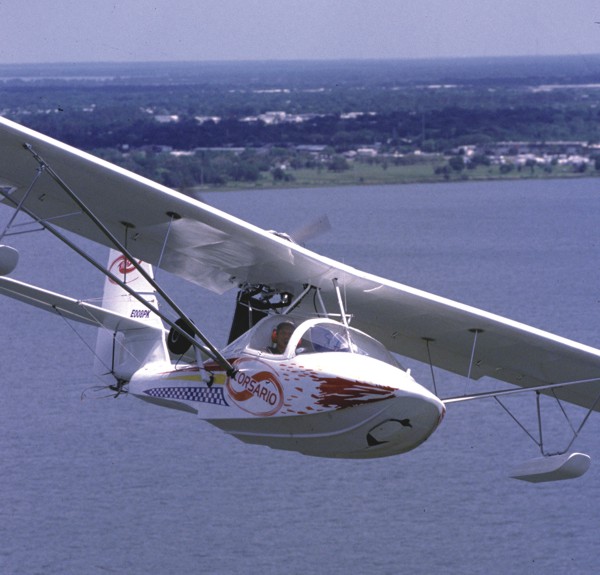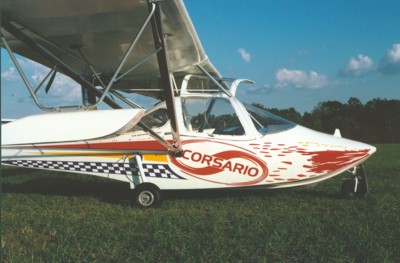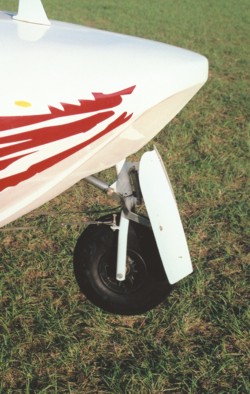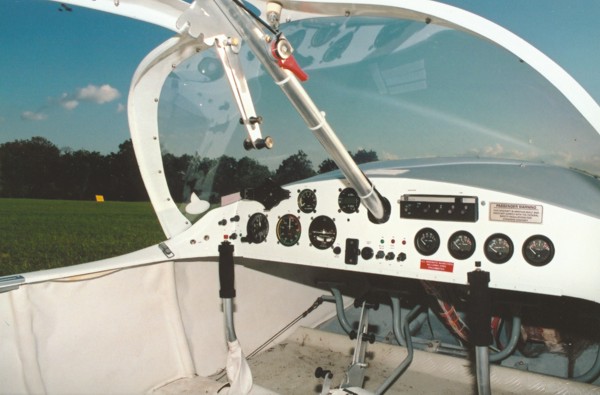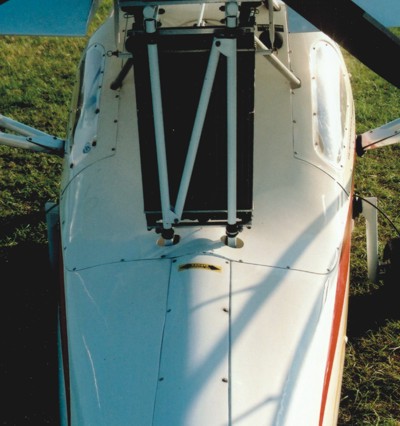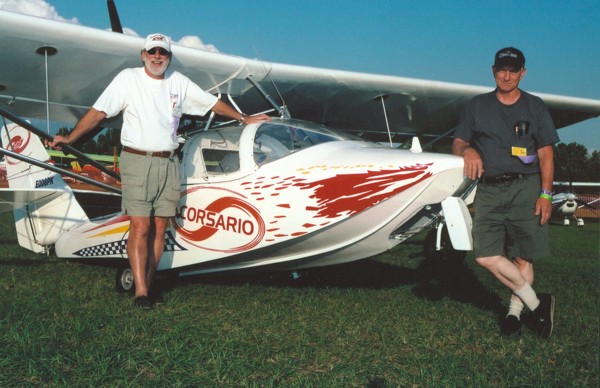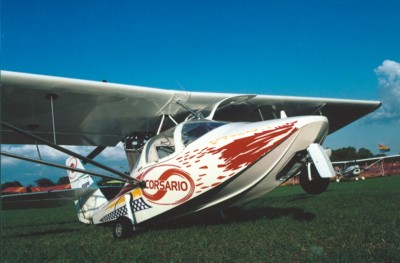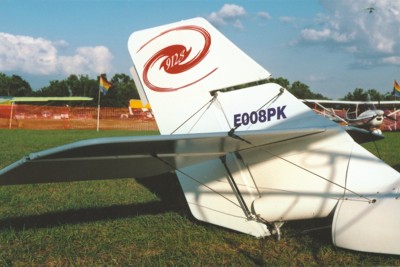
Brazilian Amphibious Beauty Most Americans are unaware of the Corsario. Importer Steven Cohen is out to change that. He and his partner, Phil Klein, are marketing this handsome amphibian, which they import from Brazil. Not a brand-new design, this is the MK5 model – it’s been through four previous iterations. The Corsario comes from a South American company called Microleve founded in 1982, back near the beginning of the ultralight era. The company proudly states, “Aside from being the first ultralight manufacturer in Brazil, the quality of our products has made Microleve the biggest seller of ultralight aircraft in Latin America.” In 23 years of operation, Microleve claims to have delivered more than 1,400 ultralight aircraft, including almost 20 different models, named as MX1, MX2, ML200, ML300, ML300M, ML300MF, ML400, ML400T, ML450, ML500T, CORSARIO MK1, MK2, MK3, MK4, and MK5. As you might surmise by reviewing this list, the Brazilian company has taken several of their models through a series of refinements and the Corsario is no exception.


